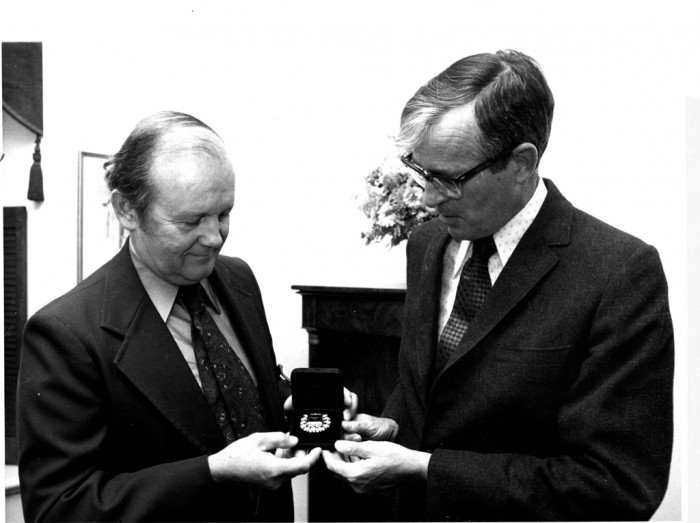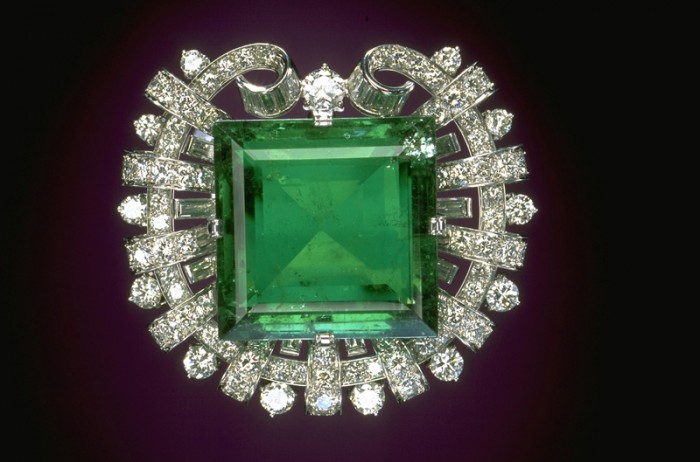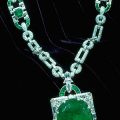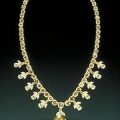Today in Smithsonian History: October 18, 1977

National Museum of Natural History Director Porter Kier (1973-1979), right, and Curator of Minerals Paul E. Desautels admire a seventy-five carat emerald which was presented to the Smithsonian Institution by Mrs. Stewart Hooker of New York. (Photo by Alfred Harrell, as featured in the Torch, December 1977)
October 18, 1977 National Museum of Natural History Director Porter Kier, right, and Curator of Minerals Paul E. Desautels admire a 75-carat emerald which was presented on this day to the Smithsonian Institution by Janet Annenberg (Mrs. Stewart) Hooker of New York.
This superb 75.47-carat Colombian emerald was once the property of Abdul Hamid II, Sultan of the Ottoman Empire (1876-1909), who according to legend, wore it in his belt buckle. Tiffany & Co. purchased the emerald at auction in 1911 and initially set it into a tiara, featured in the New York World’s Fair “House of Jewels” exhibit in 1940. In 1950, it was mounted in its current brooch setting and was featured on the first page of the Tiffany Christmas catalogue. In its platinum setting, the Hooker Emerald is surrounded by 109 round brilliant and 20 baguette cut diamonds, totaling approximately 13 carats. The Hooker Emerald is a beveled square-cut gem that exhibits exceptional color and clarity for an emerald of its size. The stone originated from the famous mines of Colombia and probably was shipped to Europe by Spanish conquistadores in the 16th or 17th century. Mrs. Janet Annenberg Hooker purchased the brooch from Tiffany in 1955, and in 1977 she donated it to the Smithsonian. The Hooker Emerald is on display in the Gem Gallery at the National Museum of Natural History.

In its platinum setting, the Hooker Emerald is surrounded by 109 round brilliant and 20 baguette cut diamonds, totaling approximately 13 carats. The Hooker Emerald is a beveled square-cut gem that exhibits exceptional color and clarity for an emerald of its size. The stone originated from the famous mines of Colombia and probably was shipped to Europe by Spanish conquistadores in the 16th or 17th century. (Photo by Chip Clark)
Posted: 18 October 2019
- Categories:








